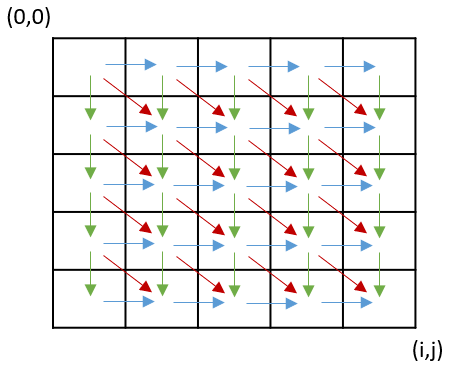Match-SRNN: Modeling the Recursive Matching Structure with Spatial RNN
Semantic matching, which aims to determine the matching degree between two texts, is a fundamental problem for many NLP applications. Recently, deep learning approach has been applied to this problem and significant improvements have been achieved. In this paper, we propose to view the generation of the global interaction between two texts as a recursive process: i.e. the interaction of two texts at each position is a composition of the interactions between their prefixes as well as the word level interaction at the current position. Based on this idea, we propose a novel deep architecture, namely Match-SRNN, to model the recursive matching structure. Firstly, a tensor is constructed to capture the word level interactions. Then a spatial RNN is applied to integrate the local interactions recursively, with importance determined by four types of gates. Finally, the matching score is calculated based on the global interaction. We show that, after degenerated to the exact matching scenario, Match-SRNN can approximate the dynamic programming process of longest common subsequence. Thus, there exists a clear interpretation for Match-SRNN. Our experiments on two semantic matching tasks showed the effectiveness of Match-SRNN, and its ability of visualizing the learned matching structure.
PDF Abstract
